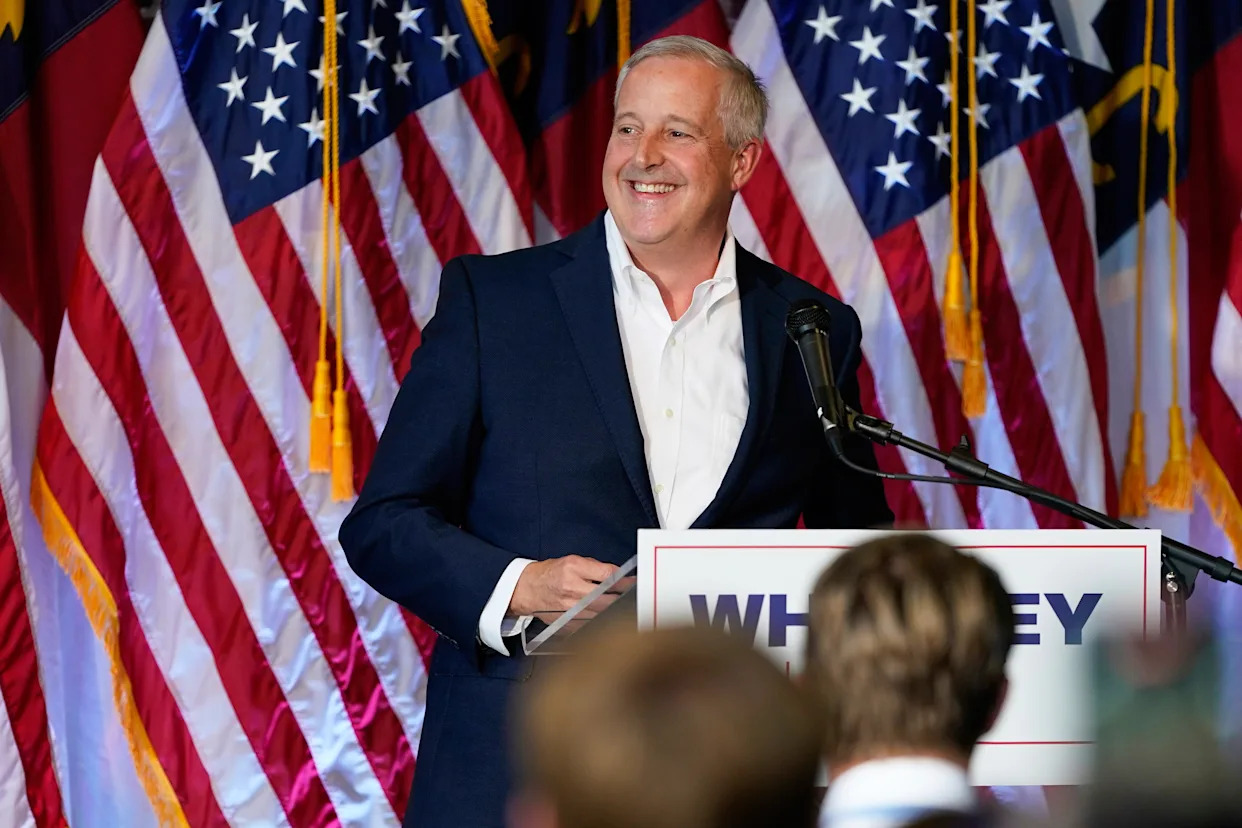On Thursday, President Donald Trump announced on Truth Social that he is ordering the Commerce Department to work on a new census that would exclude “persons who are illegally in our Country illegally.” It’s often difficult to know from a social media post what Trump intends. But the president seems to be asking for a mid-decade census that would not count undocumented immigrants. There are just two problems with that idea: It is unconstitutional, and it is logistically impossible.
The census of the U.S. population has many uses. Federal and state governments allocate money to communities based on their populations. Businesses use population forecasts to make decisions on where to expand. Law enforcement uses population counts to calculate crime rates and inform policing decisions. Health officials use the data to calculate disease rates to know where outbreaks occur and to send help.
But Trump’s idea concerns the census’ effect on political power. The federal government allocates congressional seats to states, which draw equal-population congressional and other districts using census population numbers. The most reasonable interpretation of the president’s missive is that he wants to affect the 2026 midterm elections. After all, Trump is pushing this amid the drama surrounding Texas redistricting efforts. There, Democratic state legislators have fled the state to deny Republicans a quorum needed to adopt a new congressional map, with the intended effect to tilt the table slightly toward the GOP in what will most likely be a challenging 2026 election environment.
A new census, similarly, would result in a different allocation of congressional seats to the states and another round of redistricting throughout the country. Yet it is difficult to know with certainty how excluding undocumented immigrants would affect population counts, since the Census Bureau does not ask about people’s legal status. The conventional wisdom (and presumably the president’s view) is that these people largely reside in Democratic areas, meaning these communities would be adversely affected.
However, there is good reason to suspect that at least some Republican states and communities would be affected, too. For example, the red regions of Florida and South Texas both have sizable Hispanic immigrant communities, with Republicans representing districts in these regions.
Regardless of which districts are affected, asking for a new census does not magically create one.
Congress has to appropriate money. With red states and members representing red districts affected, it is unclear there are even enough votes to pass enabling legislation. And this is before Republican-allied organizations like business and law enforcement groups pressure Republican members of Congress to provide reliable population counts that would be jeopardized by the redirected resources needed to conduct a slap-dash census.
Then, the Census Bureau has to design and conduct a census. Planning, hiring and training tens of thousands of census takers and tabulating the collected numbers takes time. Indeed, we know how much time is required since the Census Bureau is already planning for when it will next conduct a census in 2030.
Even in the extremely unlikely scenario Congress would appropriate money and the Census Bureau could produce new population counts, states would still need to draw new districts. And these new districts would have to be in place before 2025 primaries’ candidate filing deadlines, which are months away.
The barriers to conducting a sweeping mid-decade redistricting before the 2026 elections are just simply insurmountable.
Most likely is that Trump intends to affect how the 2030 census is conducted, and there is enough lead time to change that census. However, Trump’s proposed change to exclude undocumented immigrants, whatever year the census is conducted, is unconstitutional. Section 2 of the Fourteenth Amendment clearly states that congressional seats are to be apportioned by the “whole number of persons in each State.”
Trump’s directive will be litigated, which poses yet another logistical barrier. The Supreme Court has sided with Trump on high-profile cases that consolidate his presidential power. Like Trump, it is difficult to read the minds of the six conservative justices. Still, these justices will have a difficult time dismissing the Constitution’s plain language.
If I were to guess what would happen, Commerce Secretary Howard Lutnick will order the Census Bureau to explore adding a question to the 2030 census asking for people’s legal status in the country. Congress may still need to pass enabling legislation, since adding a question is costly. Some people are already fearful to respond to the census, which leads to undercounts of immigrant communities. The addition of a legal status question would further deter their willingness to participate.
In this scenario, the legal questions about using the data for apportionment and redistricting would be cans to be kicked down the road until the next president releases the population counts of the 2030 census. It would only be then that population counts could be used to apportion congressional seats to states and for redistricting. Advocacy groups representing immigrant communities would still most likely file lawsuits, though, alleging the addition of the status question negatively affects participation in the decennial census, thereby undermining the federal government’s Fourteenth Amendment mandate.
If there is a guarantee about anything Trump does with the federal government, it is that there will be lawsuits to follow. However the legal wrangling shakes out, one thing is certain: Just because the president says he wants an immediate census does not make it so.
This article was originally published on MSNBC.com








Comments